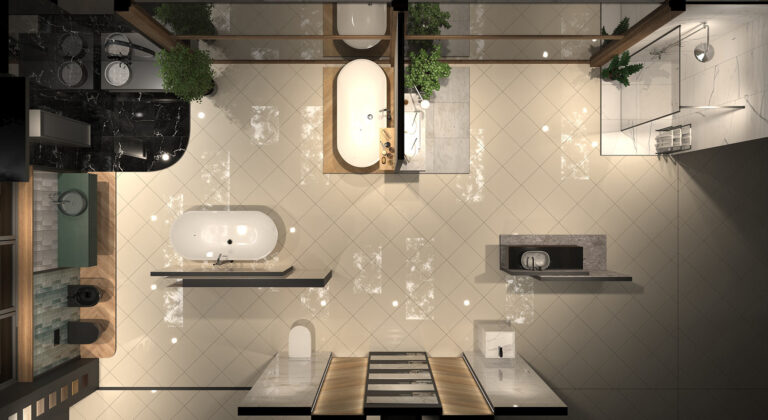DESIGN REVOLUTION: THE FUTURE OF PRODUCT DESIGN THROUGH 3D TECHNOLOGY

In the ever-evolving landscape of product design, staying ahead of emerging trends is the key to unlocking new possibilities and gaining a competitive edge in the market. One such trend that has been reshaping the industry is the integration of 3D technology. In this blog, we will explore the future of product design, shedding light on the latest trends and how incorporating 3D technology can propel products to new heights of innovation and success.
The shifting paradigm of product design
Traditional product design processes often relied on sketches, physical prototypes, and extensive iterations. These methods, while valuable, could be time-consuming and resource-intensive. However, with the rapid advancements in 3D technology, a paradigm shift has occurred, introducing a more efficient and dynamic approach to designing products.
- Personalized and customizable designs
3D technology empowers designers to create personalized and customizable products tailored to individual preferences. This trend is gaining traction as consumers increasingly seek unique, one-of-a-kind items that resonate with their individuality. Imagine customizable shoes with 3D-printed insoles for optimal comfort, or furniture designed to perfectly fit the dimensions of a home.
- Rapid prototyping and iterative design
The integration of 3D printing technology allows for rapid prototyping and quick iterations. Designers can materialize their ideas into tangible objects in a matter of hours. This allows for faster testing and refinement of concepts, reducing time-to-market and ensuring products meet evolving consumer demands. Gone are the days of waiting weeks for traditional prototypes; 3D printing allows for swift adjustments and improvements, leading to a more efficient and iterative design process.
- Virtual reality (VR) and augmented reality (AR) experiences
Product designers are embracing VR and AR to create immersive experiences for consumers. Imagine virtually placing a piece of furniture in your living room to see how it looks and feels before you buy it, or trying on a pair of glasses virtually to assess their style and fit. This not only enhances the product presentation but also provides a virtual ‘try before you buy’ experience, boosting consumer confidence, reducing product returns, and fostering customer satisfaction.
The Impact of 3D Technology on Market Competitiveness
Beyond design innovation, 3D technology offers several advantages that contribute to increased market competitiveness:
- Reduced time-to-market
As mentioned earlier, 3D technology streamlines the product design process, significantly reducing the time it takes to bring a product from concept to market. This agility is crucial in today’s fast-paced markets, allowing businesses to respond quickly to changing consumer trends and stay ahead of competitors.
- Cost-efficient prototyping
Traditional prototyping methods can be expensive and time-consuming, often requiring specialized tools and materials. 3D printing allows for cost-efficient prototyping, enabling designers to explore various iterations without breaking the budget. This not only saves on development costs but also allows for more experimentation and exploration of creative design ideas.
- Enhanced visualization for stakeholders
3D technology provides a powerful tool for communicating design ideas to stakeholders. Whether it’s internal teams like engineers and marketers or external partners like investors, the ability to showcase a realistic 3D model instead of sketches or 2D drawings fosters better understanding, facilitates clearer communication, and improves buy-in from all parties involved.
- Improved collaboration across teams
Design is a collaborative effort, and 3D technology facilitates seamless collaboration among multidisciplinary teams. Designers, engineers, and marketing professionals can work together more effectively using shared 3D models, ensuring a holistic approach to product development and minimizing communication gaps. This collaborative workflow ultimately leads to better-designed products that meet both functional and aesthetic needs.
Embracing the design revolution
In conclusion, the future of product design is undergoing a revolution, and 3D technology is at its forefront. Designers who embrace these emerging trends and integrate 3D technology into their workflows will not only meet but exceed consumer expectations. As we navigate this exciting era of design innovation, the incorporation of 3D technology will undoubtedly be a defining factor in the success and competitiveness of products in the market. Welcome to the design revolution – where the future is shaped in three dimensions.
At Tormenta CGI, we offer a wide range of 3D visualization, design, and animation services that can help you bring your vision to life. Our team of skilled professionals is dedicated to providing you with the best possible service, and we’re always up-to-date on the latest trends. Contact us today to learn more about how we can help you turn your vision into reality. Visit our website and follow us on Instagram.






